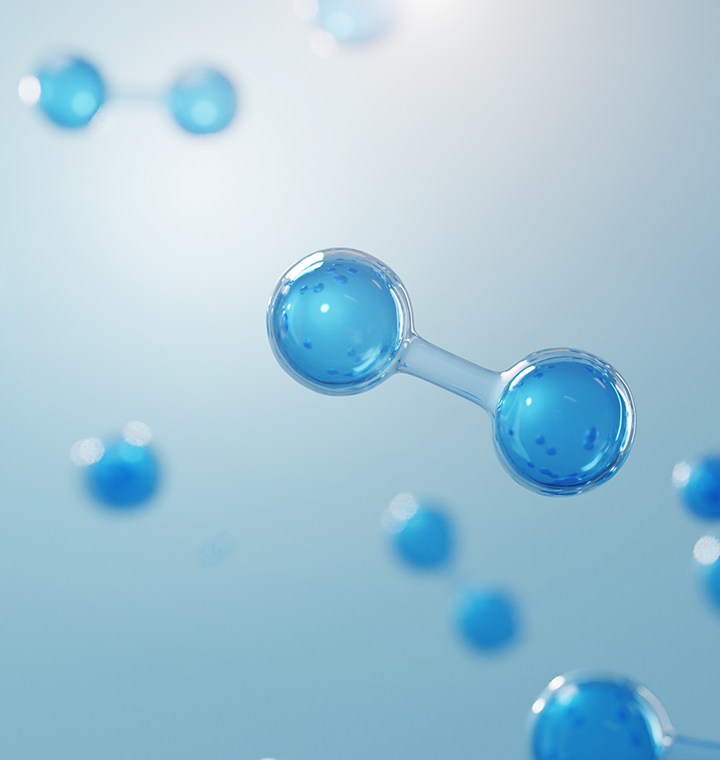Hydrogen: The Key to
a Sustainable Future
Hydrogen plays a key role as an energy source in building a sustainable future.
Hydrogen, which can be produced through various methods, complements renewable energy sources by providing stable storage and transportation solutions, reducing reliance on fossil fuels, and decreasing carbon emissions.
It is paving the way for a sustainable world by being applied across various sectors, including mobility, trams,
marine and air mobility, stationary power, and industrial applications while also enhancing energy security.



